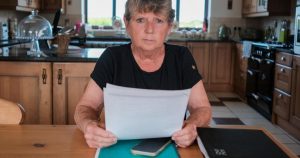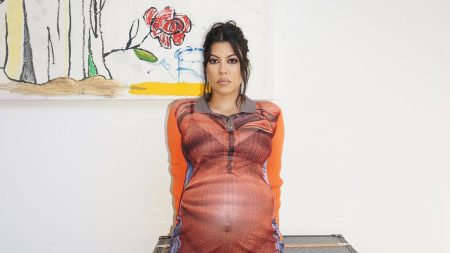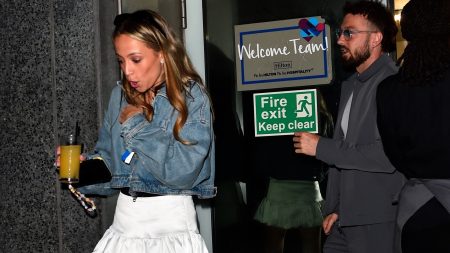Singer Myles Stephenson experienced a terrifying ordeal when his two-year-old daughter, Sahara, suffered a febrile seizure, stopped breathing, and turned blue. Stephenson, a member of the British R&B group Rak-Su, shared the frightening experience on social media, posting a picture of Sahara in the hospital. He described the incident as the scariest thing he’d ever witnessed, explaining that Sahara’s temperature spiked, triggering the seizure. Stephenson urged parents to familiarize themselves with febrile seizures, particularly during flu season, emphasizing the importance of preparedness for such emergencies. This incident follows another health challenge within the family, as Stephenson’s three-year-old son, Shiloh, has hemiplegic cerebral palsy resulting from a stroke he suffered as a baby.
Sahara’s seizure underscores the vulnerability of young children to sudden and unexpected health crises. Febrile seizures, while generally benign, can be extremely distressing for parents to witness. They are often caused by a rapid rise in body temperature, commonly associated with infections like the flu. The seizure itself is a result of the brain’s electrical activity being temporarily disrupted. Although most children recover quickly and without long-term effects, the experience can be traumatic for both the child and the parents. Stephenson’s public sharing of this experience highlights the importance of raising awareness about febrile seizures and encouraging parents to seek information and be prepared.
The incident serves as a reminder of the importance of understanding and recognizing the symptoms of febrile seizures. These seizures typically occur in children between six months and five years of age. Common signs include sudden stiffening of the body, loss of consciousness, jerking movements of the limbs, and changes in breathing. While most febrile seizures last only a few minutes and resolve on their own, it is crucial to seek immediate medical attention if the seizure lasts longer than five minutes or if the child experiences difficulty breathing or turns blue, as in Sahara’s case. Prompt medical evaluation helps ensure the child’s safety and can rule out other potential causes of the seizure.
Myles Stephenson’s openness about his children’s health challenges also sheds light on the ongoing struggles faced by families dealing with disabilities. His son, Shiloh’s, hemiplegic cerebral palsy necessitates ongoing therapies and interventions. The condition, caused by damage to one side of the brain, affects Shiloh’s motor skills, particularly on his right side. Stephenson has detailed Shiloh’s treatment journey, which has included various types of splints to support his legs and improve his mobility. He also discussed the possibility of botox injections to relax the muscles in Shiloh’s leg, aiming to increase his range of motion. These disclosures provide a glimpse into the daily realities and challenges faced by families navigating the complexities of raising a child with a disability.
The challenges faced by both Sahara and Shiloh highlight the emotional toll that health crises and chronic conditions can take on families. Stephenson’s words reveal the anxiety and fear that accompany such experiences. His public sharing of these personal struggles not only raises awareness about specific health issues but also offers a sense of solidarity and support to other families facing similar situations. It underscores the importance of seeking support networks and resources to navigate the emotional and practical challenges that arise when caring for a child with health issues.
Myles Stephenson’s journey from X Factor winner to public figure navigating the challenges of parenthood has taken an unexpected turn. His willingness to share his family’s experiences with health issues, both acute and chronic, offers a powerful message of hope, resilience, and the importance of community support. His advocacy for awareness and understanding surrounding these issues serves as a reminder that even in the face of adversity, there is strength in vulnerability and power in sharing one’s story.











